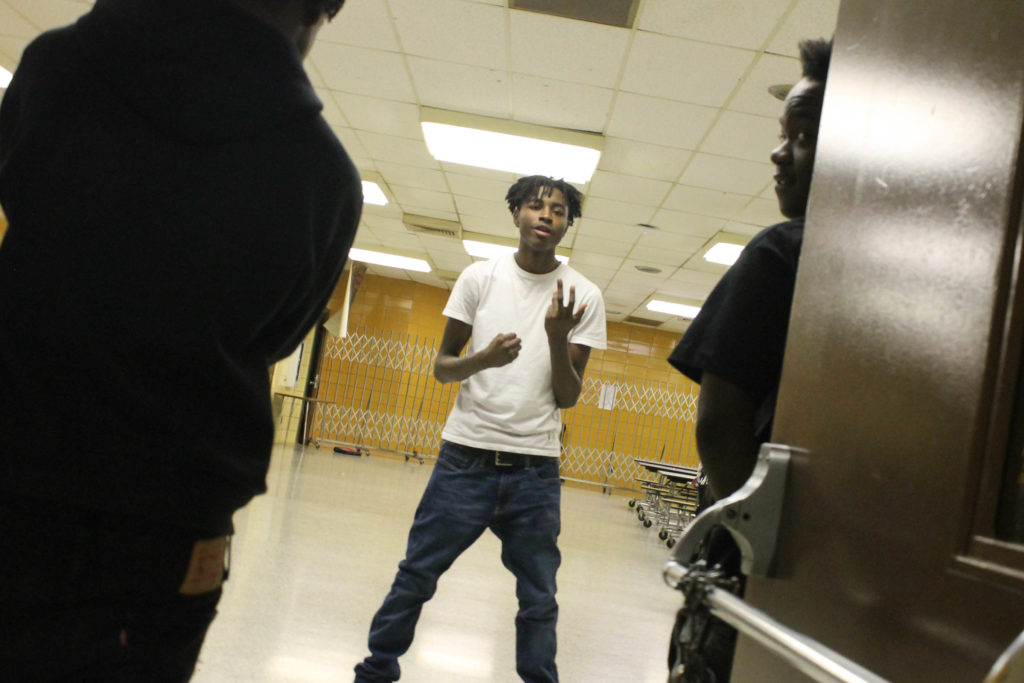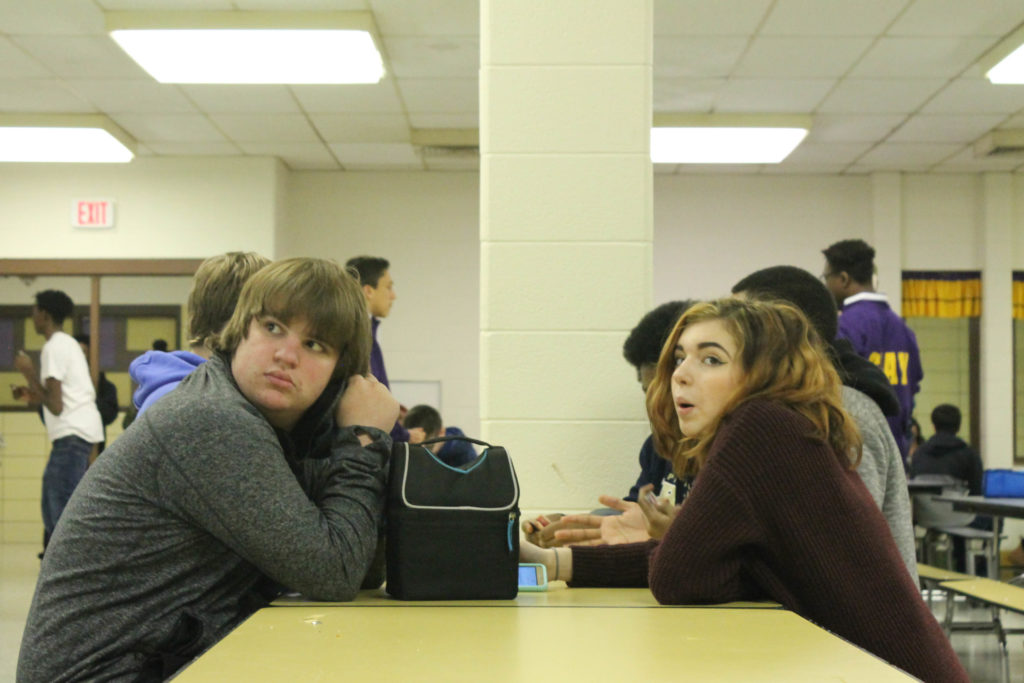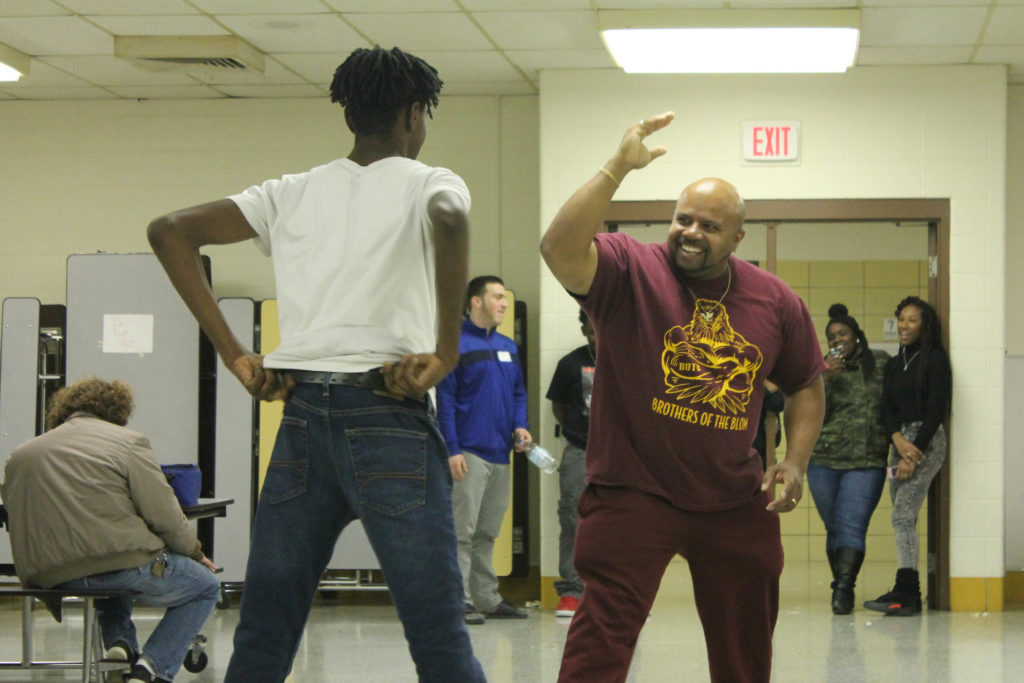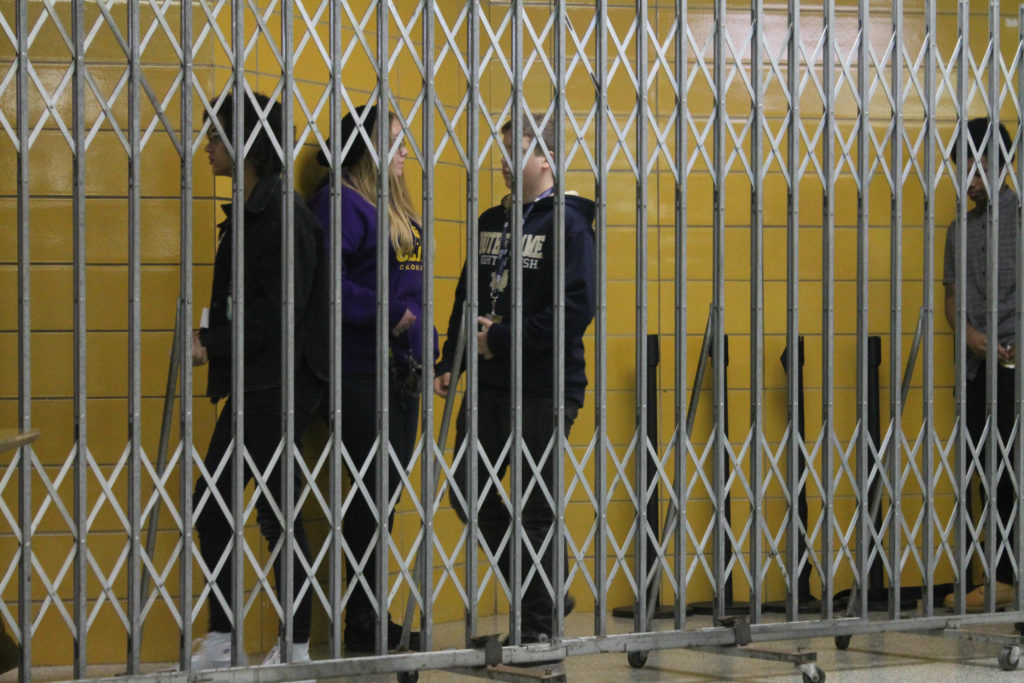Type: Analogous Immersion – Deciding my college
Stage 1: I knew that I had to get my college right. My sister had just selected her college after a major debate with my parents, where she chose a lower ranked college compared to the others she had been accepted to. She prioritized going to the East Coast, as well as pursuing a path to medical school. I knew that I would have to get this right and make sure I can pick a school that my parents could also support.
Stage 2: I began the college application process by eliminating the ones I knew I didn’t have the academic qualities for. Then I went down the list of the US College News and World Report Rankings and picked out ones that fit my interests: journalism and business. I only considered business because my parents really felt that a business school would better prep me for a career than journalism, so schools like Washington University in St. Louis, Dartmouth, and UCLA were only there to appease my parents. I was really looking at Northwestern (Which I applied Early Decision for), USC, and UC Irvine.
Stage 3: When Northwestern had turned me down, I went back to the drawing board and went through stage 2 again. I wanted to better my chances of being accepted into a college my parents could get behind, so I picked about six more, adding schools like Case Western and Carnegie Mellon to improve my chances, despite not having an in-depth knowledge about them.
I had been talking to my College and Career Counselor about doing a multimedia interview for our student newspaper about her experience as a flight attendant, but she was wondering if she could talk about her experiences as the first cheerleader for Notre Dame in 1969. I then got to learn about Fr. Hesburgh, what Notre Dame meant to the world, and the possibilities that the school offered. I had inadvertently found out about Notre Dame two weeks before the Common App was due.
Stage 4: The common app and supplementary materials were stressful at times, but I felt that I had the right resources to get the job done to the best of my abilities. My parents found a college admissions advisor to help me hone my college choices and review my essays. I had a lot of resources to go through thanks to my school’s College and Career Center, so I knew what scholarships to look for, etc.
Stage 5: After being admitted to my schools, I managed to immediately eliminate schools like USC, UC Irvine, and Pepperdine and ultimately bring it down to Boston College and Notre Dame. I remember eliminating journalism schools entirely, as I felt that I could pursue that interest through student publications. So looking at publications like The Observer and The Heights (Boston College) was high on my priority list. I also wanted to prioritize the quality of the business programs, as well as campus life and
I went into our campus visits giving Notre Dame a 70-30 favorite over Boston College, but after an eventful and hectic trip around South Bend and my sister’s campus tour of BC, I came home feeling 51-49, which began to stress me out. But the day after we returned, the Boston Bombing occurred, which was enough to convince my mom that I should go to Notre Dame. I think I would have chosen ND regardless, but it made the decision a little bit easier on my mom.
Stage 6: I submitted my intent to enroll a week after our visit, and senior year went by quickly for the rest of the year. I had AP exams to worry about, but much of my time after that was spent learning more about my future school. The admissions office sent me packets of information about move in, first year of studies, and campus life that got me even more excited.
Stage 7: As a Notre Dame student, I worked to help make Notre Dame a more common destination for seniors at my school. I’d visit and tell underclassmen what the school had to offer, and why they should apply.
Takeaways:
- It is crucial to have a network of friends, family, and experts like my College Counselor and Applications advisor to go through the admissions process as best as possible. I don’t think I would be where I am today without them.
- I feel it is my duty to give back to people who helped me get to where I am today. I continue with word of mouth recommendations, and help underclassmen to get to where they want to go.
- Correspondence really matters to prospective students. One-on-one meetings were ten times more effective than brochures and handouts. Multimedia also helps. One of the most important videos were “Any Given Day” which helped illustrate Notre Dame’s academic and campus life.



